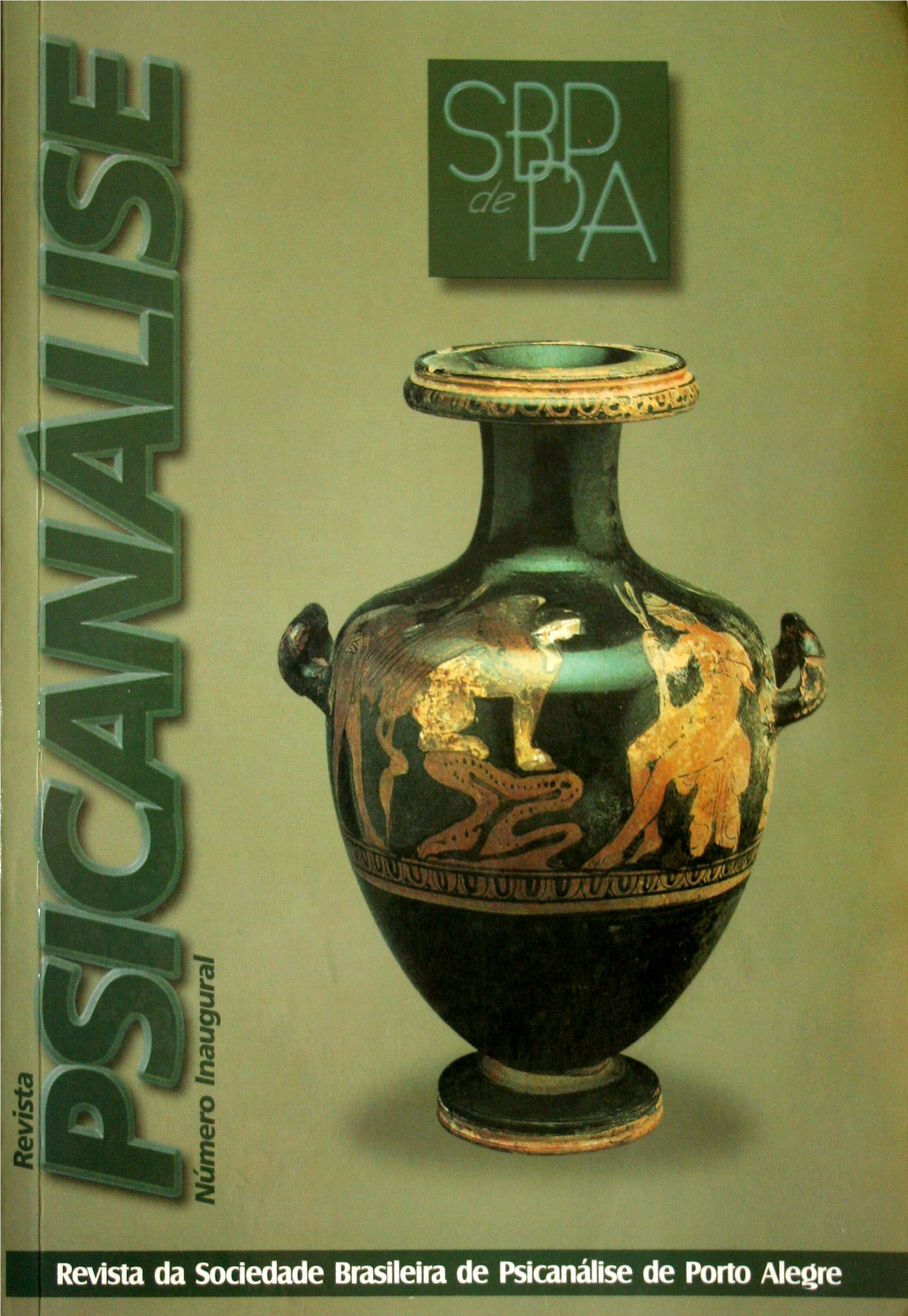As bases primitivas da perversão e sua relação com o objeto aditivo
DOI:
https://doi.org/10.60106/rsbppa.v1i1.6Keywords:
Psychoanalysis, Perversion, Addiction, Internalization, Psychoanalytical techniqueAbstract
In this paper the author examines the primitive basis of perversion and its relationwith an addictive object, starting from a clinical example and Freud’s ideas about the anaclitic object choice and self-eroticism. He thinks that the prejudiced way that perversion is approached in dictionaries as an obstacle to a better comprehension of this clinical problem and so do many psychoanalytical authors. He points out that such behavior contradicts Freud’s effort in describing perversion as a phenomenon that is part of a normal personality and constitutes in an essential stage in the psychosexual development. As a consequence, the perverse runs the risk of coming to be known by the analyst simply as a sick person, aggressive and even cruel because he does not succeeded in connecting genitals into an act called as coitus. Besides that,the perverse attitude can be the last barrier that protects the individual from a psychic disintegration and for that reason, it shall be an indispensable task to evaluate how this manifestation gets into the whole personality structure. Another subject developed by the author is the origin of perversions. Along with Freud’s ideas, the author believes that sexual drives derive from the anaclitic way of self-maintenance needs and for that reason should progressively detach from real original object, in order to achieve the auto-eroticism gratification before choosing the future object. This happens when the individual abandons breast-fed and begins thumb sucking. The author believes that it is in this transition, which may be the starting point of perversions and that it depends on the impossibility of introjecting agratifying object, due to conflicts in the mother-baby interaction. As a result of this failure, the baby compulsively searches for an object that calms down the individual just like a drug, although it does not provides internalization for it disappears right after serving its purpose. This object is called as addictive object. Finally, based on the clinical experience reported and the theoretical considerations developed, the author intends to call attention to the fact that the analyst who does not understand the perverse phenomenon complexity performs as a drug, as an addictive object which constitutes in a facsimile of a past object that the patient searches desperately for in a wish to keep his psychic integrity. For that reason, he believes that in the treatment of perversions, the technique should be changed regarding that the interpretation of what is presently happening should be substituted by questions and remarks until the patient would be able to build an internal image of a gratifying object.
Downloads
References
FREUD, S. (1905). Três ensaios sobre a teoria da sexualidade. S.E. 7.
FREUD, S. (1914). Sobre o narcisismo: uma introdução. S.E. 14.
GLOVER, E. (1933). The relation of perversion-formation to the development of reality sense, International Journal of Psycho-Analysis, v.14, p.486-504.
MELTZER, D. (1973). A abordagem clínica das perversões. In: Estados sexuais da mente. Rio de Janeiro: Imago, 1979.
McDOUGALL, J. (1995). Neoneeds and addictive sexualities. In: The many faces of Eros. New York: W.W. Norton & Co.
ROSENFELD, R. (1971). A clinical approach to the psychoanalytic theory of the life and death instincts: an investigation into the aggressive aspects of narcissism. International Journal of Psycho-Analysis, v. 52, p.169-178.
STEINER, J. (1982). Perverse relationships between parts of the self: a clinical illustration. International Journal of Psycho-Analysis, v.63, p.241-251.
STOLLER, R. (1976). Pervertion; the erotic form of hatred. New York: Aronson.
WINNICOTT, D.W. (1951). Transitional objects and transitional phenomena. In: Playing and reality. New York: Basic Books, 1971.
Downloads
Published
How to Cite
Issue
Section
License
I attribute the copyrights that belong to me, on this work, to SBPdePA, which may use and publish it by the means it deems appropriate, including on the Internet or in any other computer processing.
















